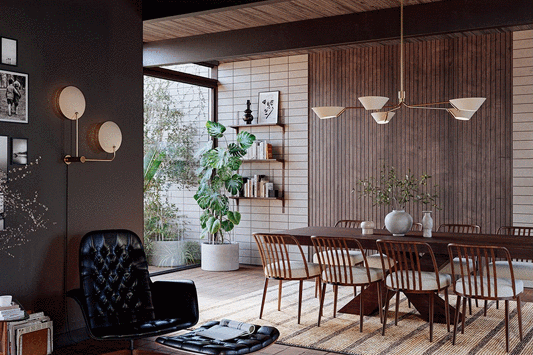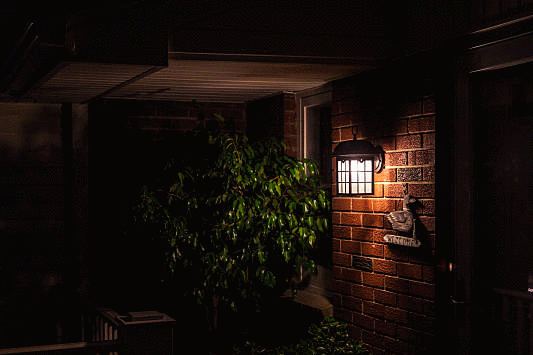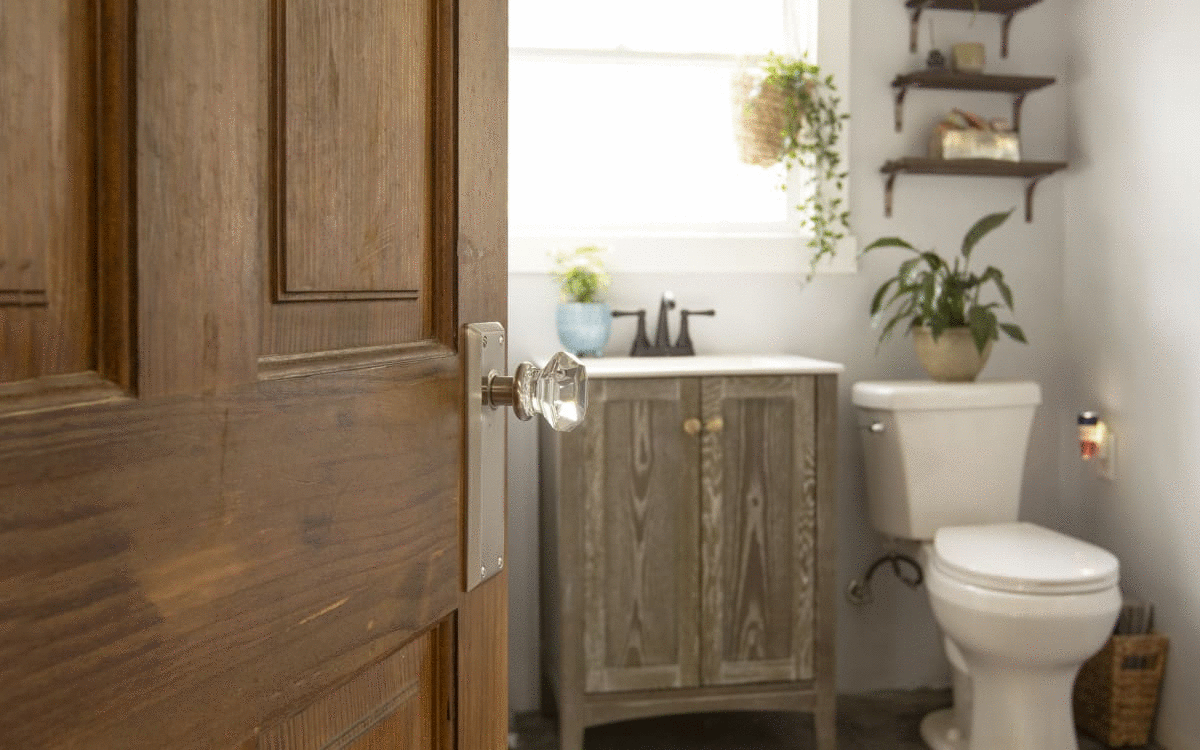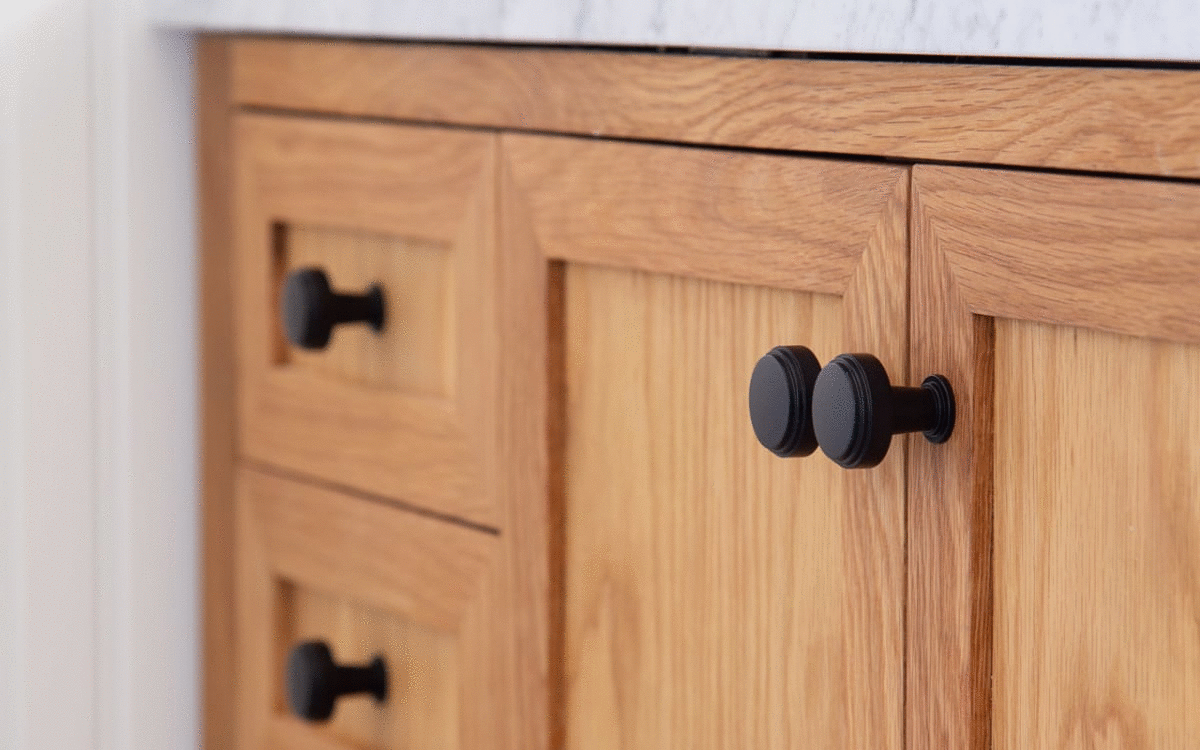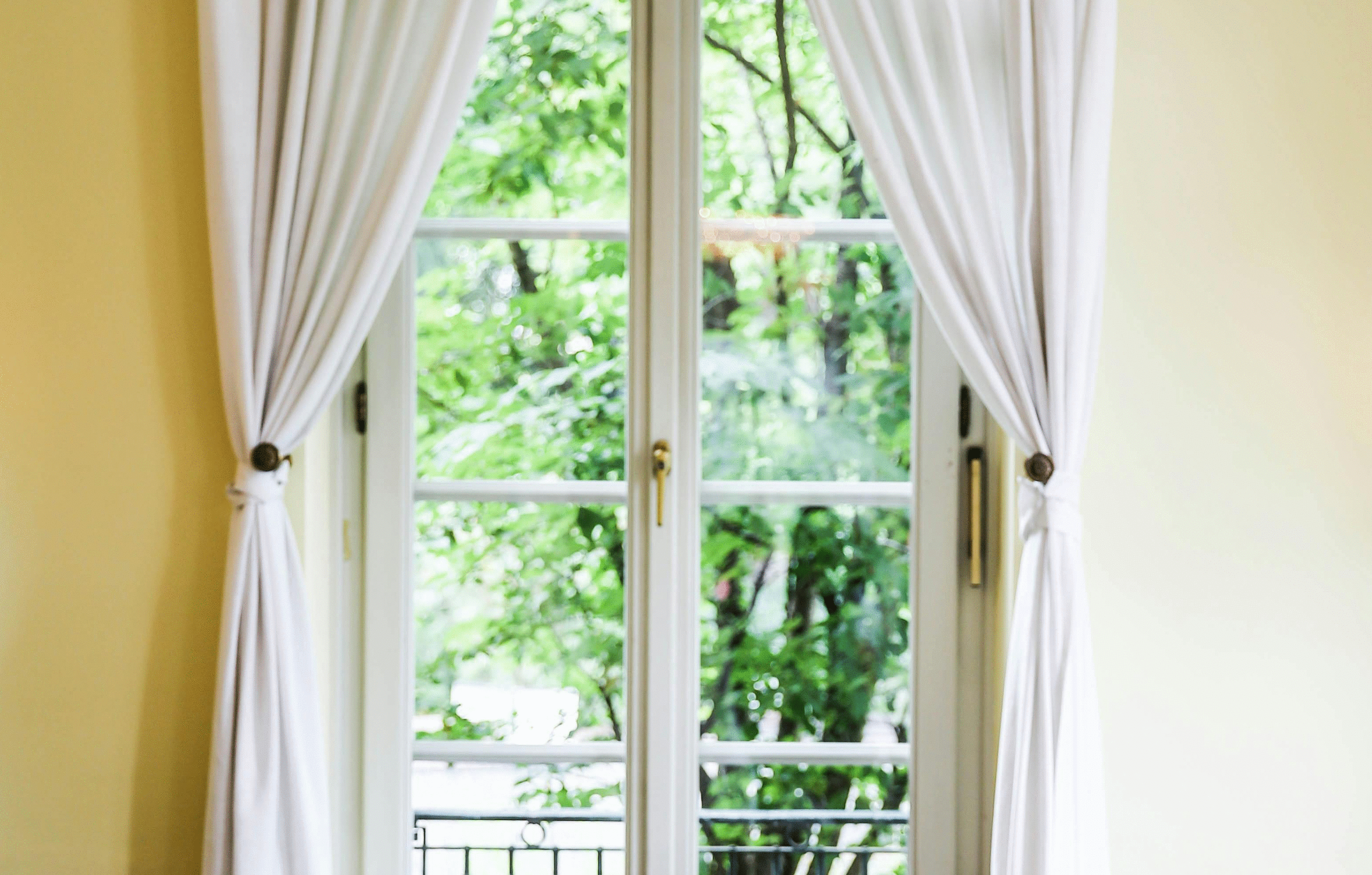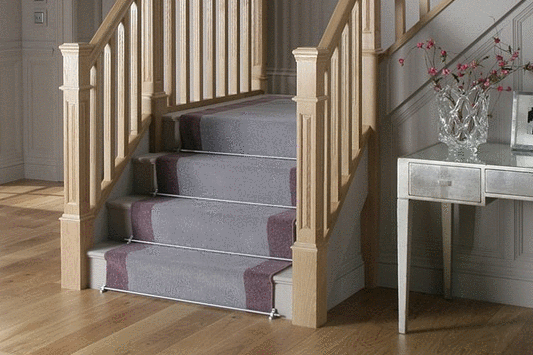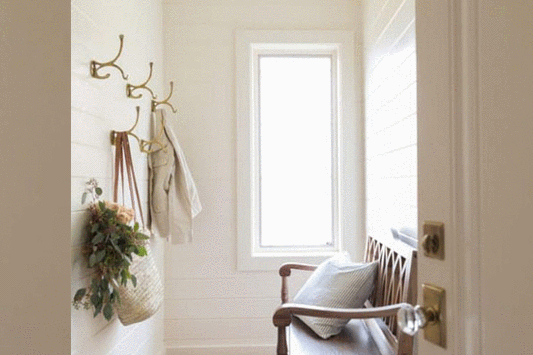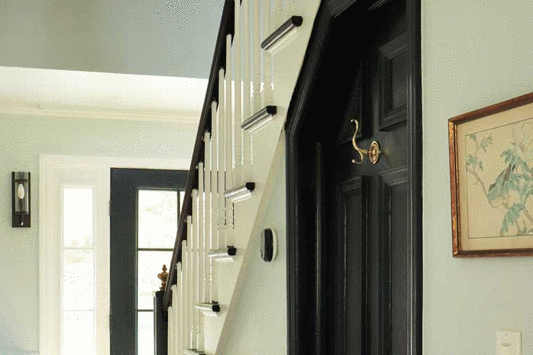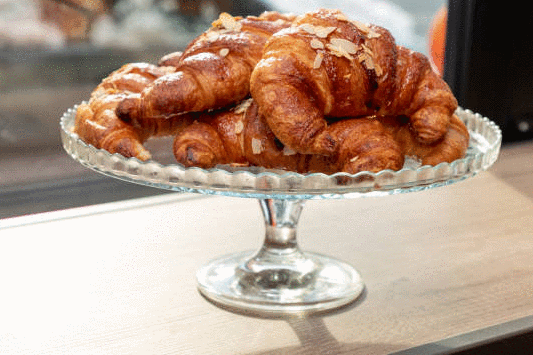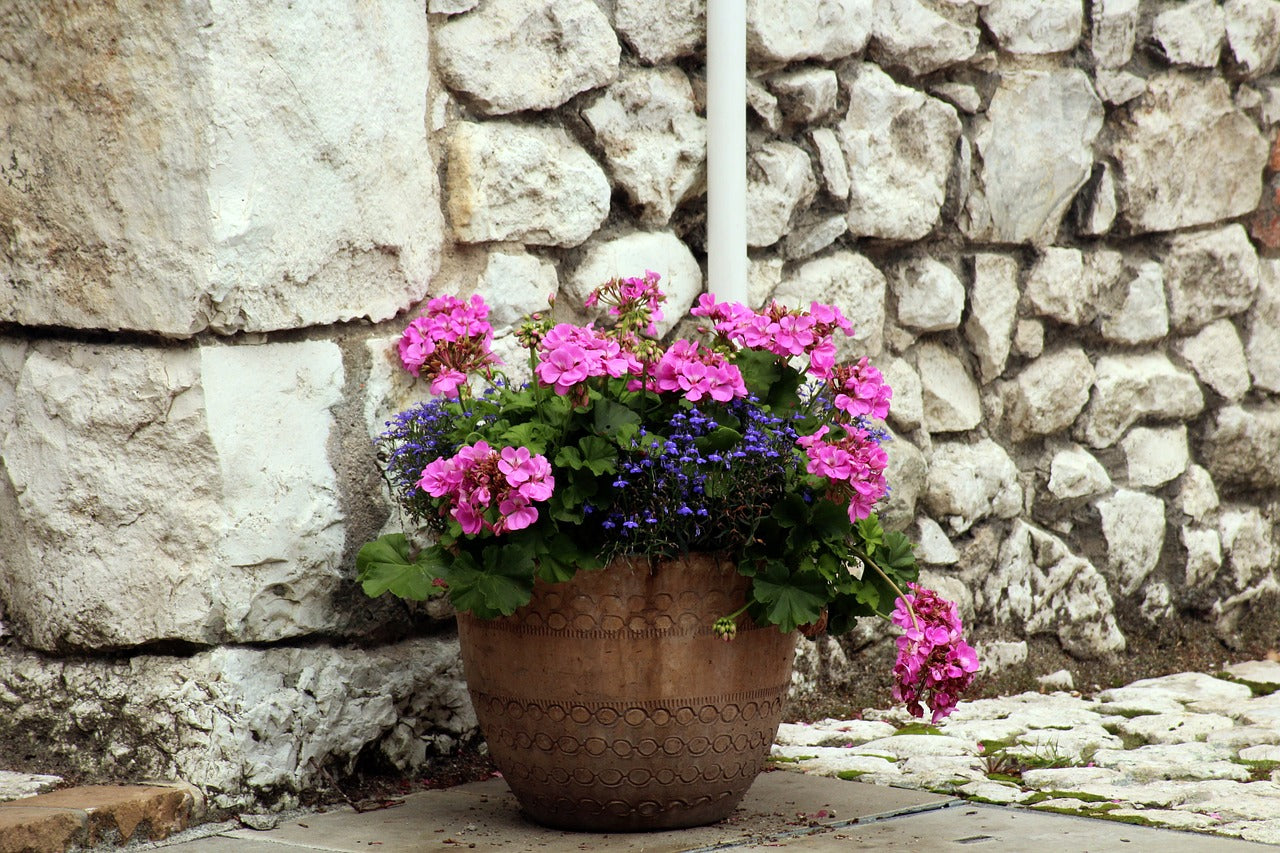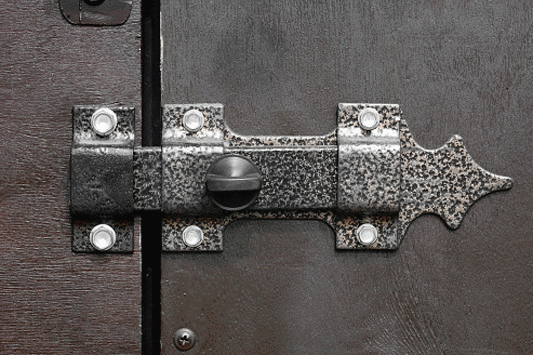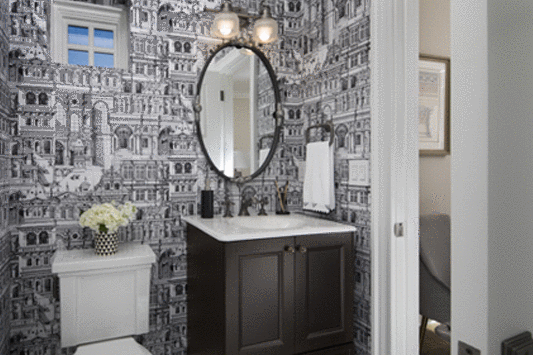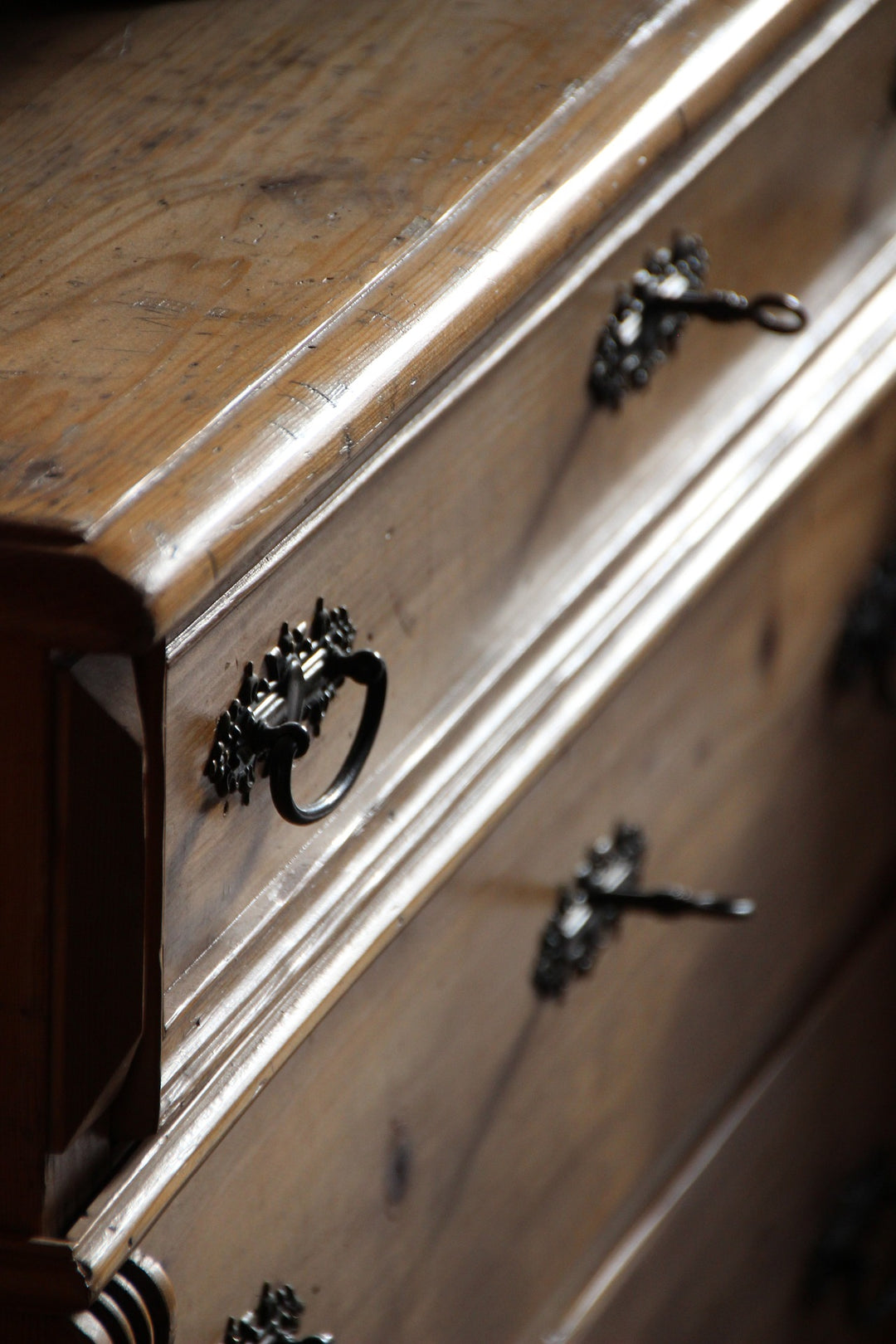Exploring the Symbolism of the Egg & Dart Pattern
The Egg & Dart pattern, a recurring ornamental motif in architecture and decorative arts, is a testament to the enduring legacy of ancient design principles. This pattern, consisting of alternating oval shapes (the "eggs") and arrow-like elements (the "darts"), carries rich symbolic meanings and aesthetic values. Its presence in various cultural contexts underscores its versatility and the profound resonance it has held over centuries.

Historical Roots and Evolution:
The Egg & Dart motif traces its origins to classical antiquity, particularly to Greek and Roman architecture. In these early applications, the pattern often adorned the moldings of temples, friezes, and capitals of columns. The Greeks are credited with its initial development, and the Romans later adapted and proliferated the design across their vast empire.
This dissemination ensured the motif's survival and integration into a variety of regional architectural styles. Throughout history, the pattern has been reinterpreted, reflecting the aesthetic sensibilities and technological advancements of each era. During the Renaissance, a revival of classical art and architecture saw the Egg & Dart motif regain prominence, symbolizing a renewed interest in the ideals of balance, harmony, and proportion.

Symbolic Interpretations:
The Egg & Dart pattern is more than a decorative element; it embodies a range of symbolic interpretations. The "egg" is often associated with concepts of birth, fertility, and life. In many cultures, the egg symbolizes creation and the potential for new beginnings, making it a powerful emblem in architectural contexts where renewal and enduring legacy are celebrated. Conversely, the "dart" or "arrow" can be seen as a representation of death or the passage of time, with its pointed shape suggesting direction and movement.
Together, the alternating motifs of the egg and dart encapsulate the cyclical nature of life and death, creation and destruction, which are fundamental themes in human existence. This duality adds a layer of philosophical depth to structures adorned with the pattern, inviting viewers to reflect on the continuity of life and the passage of time.

Aesthetic and Functional Appeal:
Aesthetically, the Egg & Dart pattern exemplifies the principles of rhythm and repetition, which are central to creating visual harmony in design. The regular alternation of the egg and dart shapes creates a dynamic interplay that guides the viewer's eye along the surface, enhancing the perception of depth and texture. This rhythmic quality is particularly effective in architectural moldings and friezes, where the pattern can delineate space and accentuate structural lines. The pattern's ability to seamlessly integrate with various architectural elements, from columns to cornices, highlights its functional versatility. It can serve both as a subtle decorative accent and as a prominent feature, depending on the scale and context of its application.

Cultural Adaptations and Variations:
As the Egg & Dart motif traveled across different cultures and epochs, it was adapted to fit local artistic traditions and materials. In Byzantine and Romanesque architecture, for example, the pattern was often incorporated into more complex ornamental schemes, sometimes blending with other motifs such as acanthus leaves or geometric shapes.
In Islamic art, the motif was stylized and abstracted, reflecting the cultural emphasis on intricate, non-representational decoration. During the Baroque period, the Egg & Dart pattern became more elaborate and sculptural, in keeping with the era's exuberant aesthetic. These variations not only demonstrate the motif's adaptability but also its capacity to convey different cultural values and artistic expressions.

Modern Interpretations and Applications:
In contemporary design, the Egg & Dart pattern continues to be a source of inspiration, often reinterpreted in new materials and contexts. Modern architects and designers have employed the motif in both traditional and innovative ways, from restoring historical buildings to creating contemporary interiors that evoke classical elegance.
Advances in manufacturing technologies have also enabled more precise and varied applications of the pattern, from cast plaster and carved wood to metal and digital prints. This ongoing relevance attests to the motif's timeless appeal and its ability to resonate with modern aesthetic sensibilities while maintaining a connection to its historical roots.

The Egg & Dart pattern, with its rich symbolism and aesthetic versatility, represents a unique convergence of artistic tradition and philosophical reflection. Its historical journey from ancient Greece and Rome to contemporary design underscores its enduring appeal and adaptability. Whether appreciated for its decorative elegance or its deeper symbolic meanings, the Egg & Dart motif continues to enrich our architectural and artistic landscapes, inviting us to explore the intricate interplay of form, function, and meaning in the built environment. As we continue to build and innovate, the timeless motifs of the past, such as the Egg & Dart pattern, provide a foundation upon which to create and inspire.



